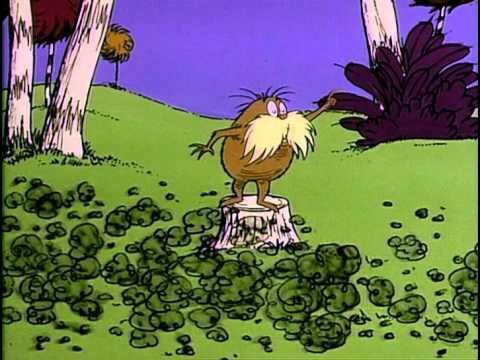

Images you may have seen of residents of China donning facemasks when going about their normal daily activities outside are not exaggerations of an air quality problem- they are the harsh reality of people that are forced to breath toxic air. And marine ecosystems have suffered from such iconic oil spills as the Exxon Valdez of 1989 which discharged 11 million gallons of crude oil into Alaskan waters, and the 2010 BP Deepwater Horizon spill which leaked an estimated 3.19 million barrels of oil into the Gulf of Mexico.Īir pollution, or “smogulous smog,” is just as much a problem in the present day as it was in Dr. watersheds were polluted with 206 million pounds of toxins from industries including steel manufacturing, meat production, and chemical production. In 2012, Environment America found that U.S. That doesn’t even account for future mining operations or statistics that are merely predicted from additional mining operations currently in existence. In the United States, forty hardrock mining operations are known to produce up to 27 billion gallons of freshwater pollution every year. Excess fertilizers that runoff from massive agricultural operations eventually end up in fresh and salt water ecosystems, resulting in dead zones where algae blooms cause declines in oxygen, suffocating fish. “Gluppity glup” and “schloppity schlop” in the form of run-away fertilizers, mining operation waste, industrial dumping, and oil spills are wreaking havoc on our aquatic ecosystems and fresh water resources. It’s not.” And with that he tosses the boy the last Truffula seed, encouraging him to plant it with the hopes the Lorax and his friends will someday return. Finally, once the last Truffula tree is chopped down, thneed production stops and the Lorax lifts himself by the seat of his pants and flies away, leaving behind a rock with a single word etched on it: “Unless.” As the Once-ler explains to a young boy that has come to speak to him, “Unless someone like you cares a whole awful lot, nothing is going to get better. And the Humming Fish which cannot live in “gluppity glop” and “schloppity schlop” go in search of clean water. The Swomee Swans, with “smogulous smog” in their lungs, also fly for clearer skies. The Bar-ba-loots are forced to leave town as there are no more Truffula fruits to eat. Upon cutting down the first Truffula tree, the Lorax appears to “speak for the trees for the trees have no tongues.” The small, hairy character trails the Once-ler during the growth of his business and points out the environmental destruction that happens as a result, warning him of the dangers of his greed.
In the story, the Once-ler discovers Truffula trees and hatches up a plan to turn them into thneeds. “The Lorax,” in short, is a story about the dangers of unrestrained growth and the ultimate need for individual action to maintain hope for the environment. Seuss, published “The Lorax” and the worlds of both literature and the environmental movement have not been the same since. A very important children’s book about the environment was also published during this time frame. The decade saw the first national Earth Day as well as the establishment of the Environmental Protection Agency (EPA) in 1970, the banning of DDT in 1972, the passage of the Endangered Species Act in 1973, and the nuclear meltdown of Three Mile Island in 1979. The United States experienced a wave of activity and awareness for the environmental movement during the 1970s.


 0 kommentar(er)
0 kommentar(er)
